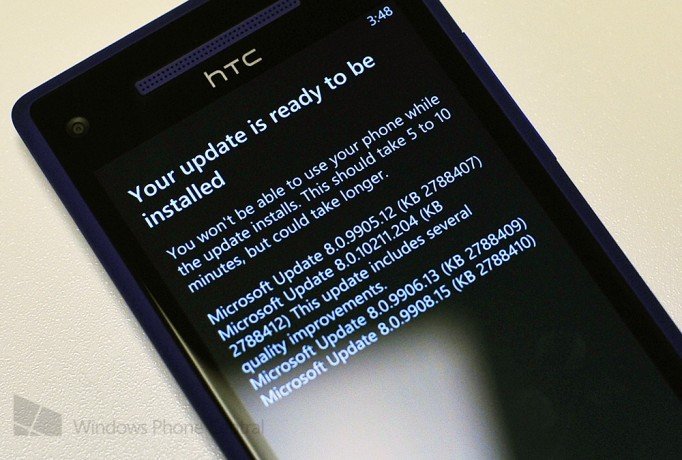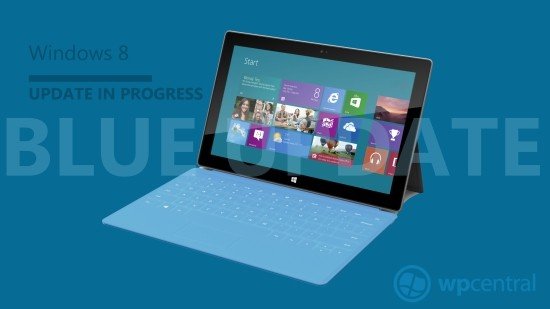Between Windows Phone 8 and Blue lies a path of more frequent updates

With yesterday’s alleged leak of HTC’s next Windows Phone, one of its eyebrow raising aspects was the use of “GDR2” when identifying the OS. The term was new nomenclature for those who follow Microsoft’s update cycles and product code names. Now, ZDNet’s Mary Jo Foley has learnt of its meaning and Paul Thurrott helps put it into focus.
The term GDR2 stands for “General Distribution Release” with the two denoting its sequence. The first GDR was “Portico” (build 10211), which was delivered starting at the end of December by Nokia (AT&T Lumia 920) and continuing within the last few weeks for the Lumia 810, 820 and HTC 8X devices on various carriers.
The big picture of these new updates is something we spoke about on the last podcast: there will be more frequent but smaller OS updates on Windows Phone 8 over the next 8-12 months before “Blue” is released.

Windows Phone Blue is the next milestone for the OS although details about its contents are few and far between. The most we know at this point is that it will bring Windows 8, RT and Windows Phone closer together for users and developers, including possibly a unified “Store”. Whether that means Windows Phone apps can run on Windows RT or instead the developers can “package” their Phone and RT apps together remains to be seen.
In addition to GDR2, expected to ship this summer, there is also reportedly a GDR3 OS release. Once again details of what it contains or addresses are not known publicly. Regarding the phrase “Apollo+”, Mary Jo Foley’s source(s) and our own have said that it is not an actual name, although it was briefly used to talk about post-Windows Phone 8 OS updates. Thurrott notes that GDR1-3 can be collectively thought of as Apollo+.
Regarding Windows Phone Blue, the timing could even slip to 2014, although that too has not been confirmed.
What this all means for the platform is that the OS will get more frequent updates and, more importantly Microsoft won’t announce OS updates months in advance before their release. Indeed ever since Windows Phone 7.5 we’ve heard murmurs that some on the team were not pleased with the long time frame between February and mid-summer before phones began receiving the update. There was too much pressure to ship and Microsoft had revealed all their cards to their competitors regarding forthcoming features.
Get the Windows Central Newsletter
All the latest news, reviews, and guides for Windows and Xbox diehards.
Now, the approach appears to have shifted to keeping future feature updates more closely guarded but delivering those updates more frequently. Since “Portico” did not change the name Windows Phone 8 i.e. they didn’t call it Windows Phone 8.1, there’s reason to believe that Redmond will keep these updates as just build revisions, but not an OS rebranding.
Source: ZDNet, Win Supersite, PCMag

Daniel Rubino is the Editor-in-chief of Windows Central. He is also the head reviewer, podcast co-host, and analyst. He has been covering Microsoft since 2007 when this site was called WMExperts (and later Windows Phone Central). His interests include Windows, laptops, next-gen computing, and wearable tech. He has reviewed laptops for over 10 years and is particularly fond of 2-in-1 convertibles, Arm64 processors, new form factors, and thin-and-light PCs. Before all this tech stuff, he worked on a Ph.D. in linguistics, performed polysomnographs in NYC, and was a motion-picture operator for 17 years.
